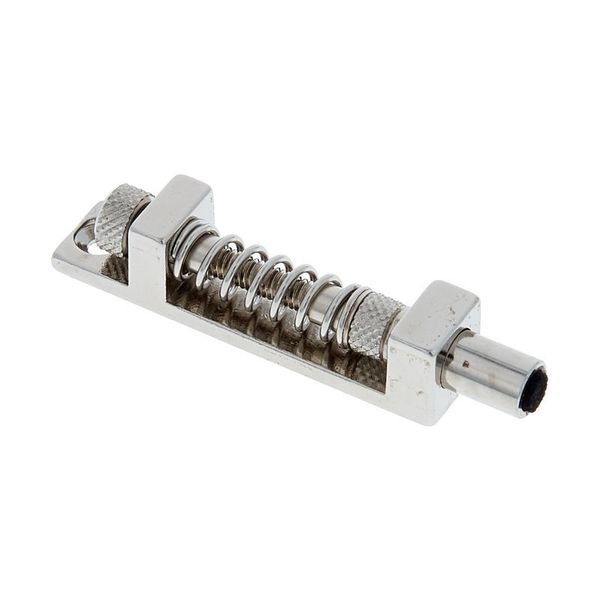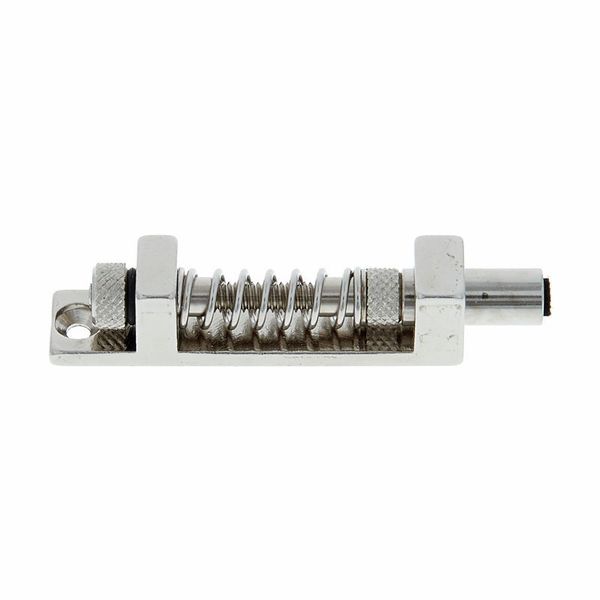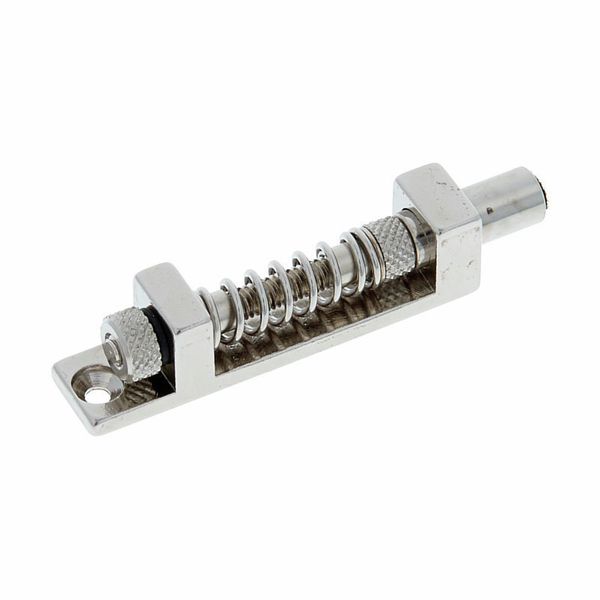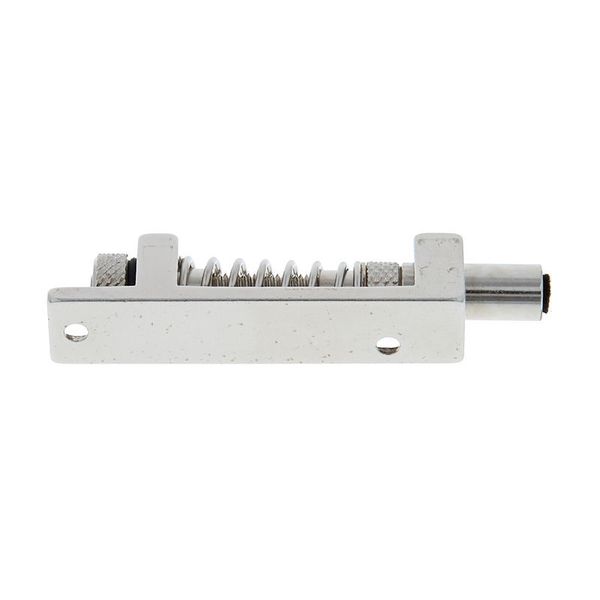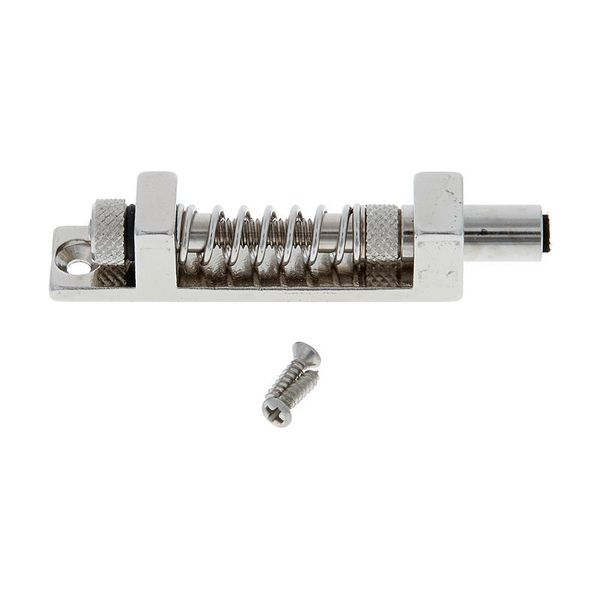For a while I wanted to try some tremolo stabilizer, even before I went installing Lo Pro Edge tremolo. Initially I wanted to install SuperVee MagLok, but from what I have seen online it seems it does not help tremolo return to zero point after pull-up. It can keep other strings from detuning when one string is bent, but nobody talked about zero point. Situation with BackBox is different and this was talked about. So I went for BackBox and it was a good decision. I had to deploy some workarounds to make it work, but in the end it works. It does help with detuning and also with zero point. Actual level of improvement depends on how tight tremolo springs are, and also how tight BackBox springs are. In other words - there are compromises. If one uses very tight configuration (maybe even stronger springs than stock) then yes, BackBox helps detuning to a point where it is not audible. However, tremolo is very stiff then. This was not a satisfactory situation for me so I decided to go with lighter configuration. I adjusted less tension in BackBox and also less tension in tremolo springs. This resulted with:
1. Tremolo being just a bit stiffer than usual
2. Detuning while bending is still happening and is still audible but less than before (on average 3 cents on tuner instead of 6-7 that were before)
3. Return to zero point after pull-up is much better and pitch change is not audible anymore (on average less than 2 cents on tuner instead of 4 that were before)
4. It also seems to me that the sound is slightly brighter and has more high frequencies than before
Note that my tuner has 13 cents between each half-note (E and F, F and F#, etc).
And yes, no matter how I set it up (lighter or tighter), flutters are gone. But I don't do that anyways so it's not something I would miss.
So that is what BackBox has to offer on an Ibanez S370 with Lo Pro Edge tremolo. I do not understand some folks out there saying it works perfectly for a Floyd Rose type of tremolo. In my case, one has to make it very stiff in order to get perfect operation. I don't know why is that so, maybe it has something to do with S series that has thinner body than other guitars. Or maybe it is just that those folks neglect to say it ends up being stiff and hard to operate because that doesn't bother them. Or maybe BackBox works better on standard tremolos - after all it is advertised with standard tremolos in mind. I don't know, I am just sharing my observations here.
As for the workarounds - they are needed because of the poor quality. At least I got two units that were of poor quality. First sign of the poor quality was that the stop sliders were hard to move even when the BlackBox springs was completely loose. If I rotated it to the right point, suddenly the movement improved and it was almost was free without any hassle. Reason is that the slider and the long screw are not completely straight so in certain positions slider has much resistance when going through the housing. Only one position has almost free movement. Second sign of poor quality was that the felt on top of the slider fell of from one unit. I used super glue to cure this. Third sign of the poor quality was that the chrome coating started to fall of the slider after use. BackBox is made of brass, and it has chrome coating. This coating started to fall of the slider immediately, even before installing
This poor quality rendered the BlackBox virtually inoperable. I could only make it work in very stiff setup and that was not an option. There were noises coming out when doing pull-ups. BlackBox tightening nut was rotating on pull-ups. Very bad. But I managed to get around these obstacles. I used sand paper to remove coating from slider and the inside of the housing where there is contact with the slider. I also used teflon based lubrication on the slider. Upon installation I rotated the sliders to the spot with least resistance.
And the result is very good! No more strange noises coming out. No more nut rotation. BlackBox works in lighter tension and does a good job as described earlier. If you would like to see more on this subject please check out my blog post:



